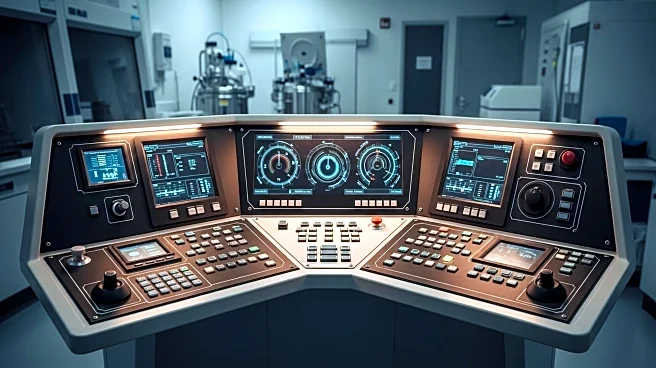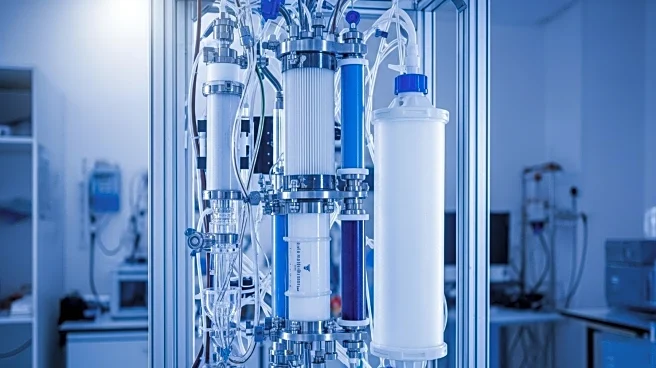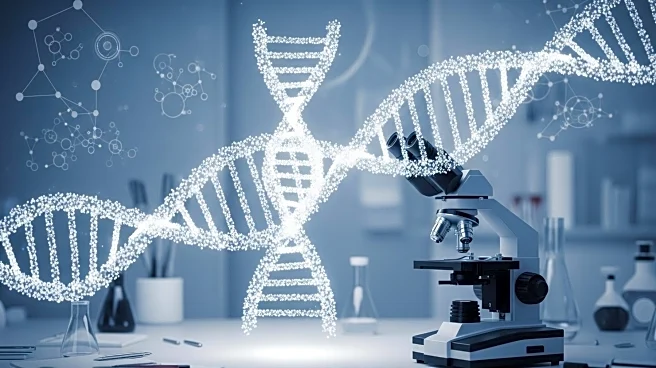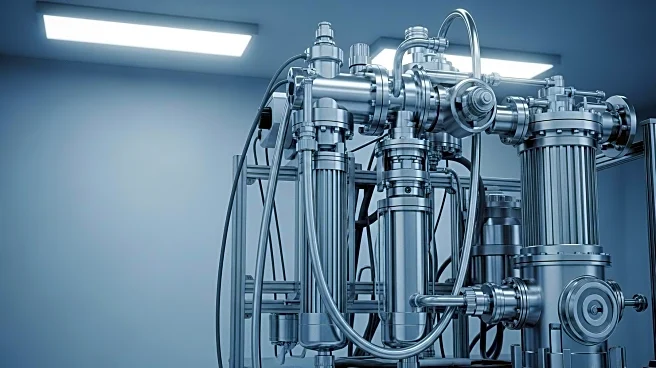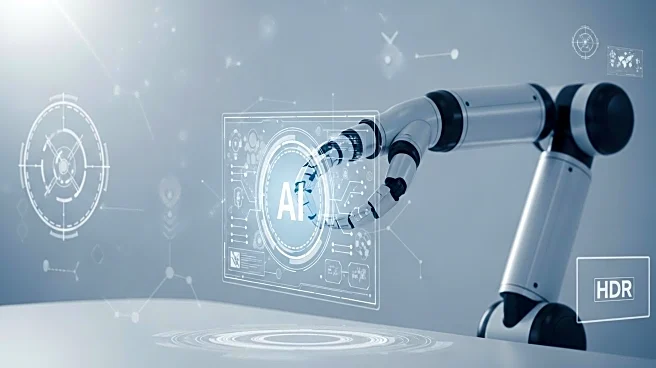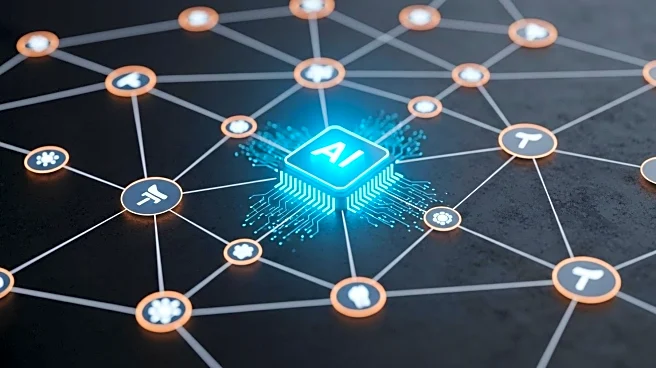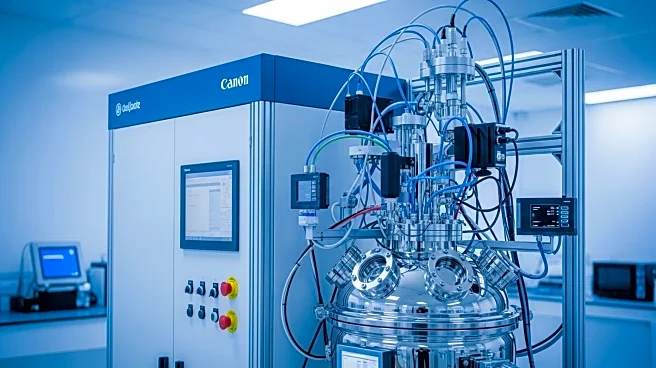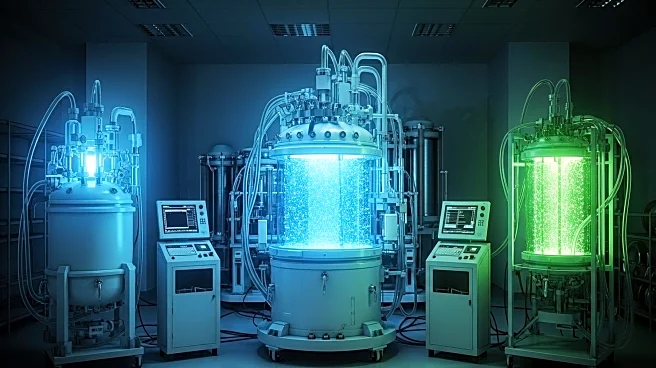What is the story about?
What's Happening?
The bioprocessing industry is undergoing a significant transformation as it moves towards unified platforms for process monitoring and control. Current technologies, which include at-line monitoring and off-line analytics, are seen as inefficient for developing complex biologics such as cell and gene therapies. The shift is towards in-line and on-line analytics, which support automation and enhance process control, enabling faster decision-making. This transition is driven by the need for more integrated platforms that combine sensing, analysis, and control, allowing companies to move from reactive to proactive process management. However, challenges remain, particularly in achieving seamless connectivity among equipment from different vendors due to legacy systems and antiquated protocols. The adoption of standardized communication protocols, such as the Open Platform Communication (OPC) standard, is seen as crucial for enabling vendor-agnostic interoperability.
Why It's Important?
This shift towards unified platforms in bioprocessing is significant as it promises to enhance efficiency and reduce risks in the production of complex biologics. By enabling real-time data analysis and decision-making, these platforms can potentially streamline the development and manufacturing processes, leading to faster and more reliable production of therapeutics. This is particularly important as the industry moves towards more personalized medicine, requiring the automation of numerous small bioreactors. The adoption of standardized protocols will also allow smaller companies to compete more effectively by reducing the need for costly custom systems. Overall, this transformation could lead to significant advancements in the biopharmaceutical industry, benefiting both manufacturers and patients.
What's Next?
The next steps involve further development and adoption of these integrated platforms. Vendors and manufacturers will need to continue working on standardizing communication protocols to ensure seamless integration across different systems. Additionally, there is a need for developing robust sensors that can operate effectively in both research and manufacturing environments. As these technologies evolve, there will likely be increased collaboration between analytics, automation, and process groups to fully realize the potential of these platforms. The industry is also expected to see more automation in sampling processes, with offline sampling being replaced by online and inline methods, further enhancing efficiency and accuracy.
Beyond the Headlines
The move towards unified platforms in bioprocessing also raises important ethical and regulatory considerations. As these technologies become more integrated and automated, ensuring data integrity and compliance with regulatory standards will be crucial. There is also the potential for significant cultural shifts within organizations as they adapt to new technologies and processes. The increased reliance on AI and cloud-based solutions may require new skill sets and training for employees, as well as changes in organizational structures and workflows.
AI Generated Content
Do you find this article useful?
